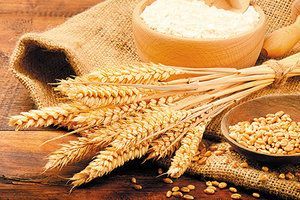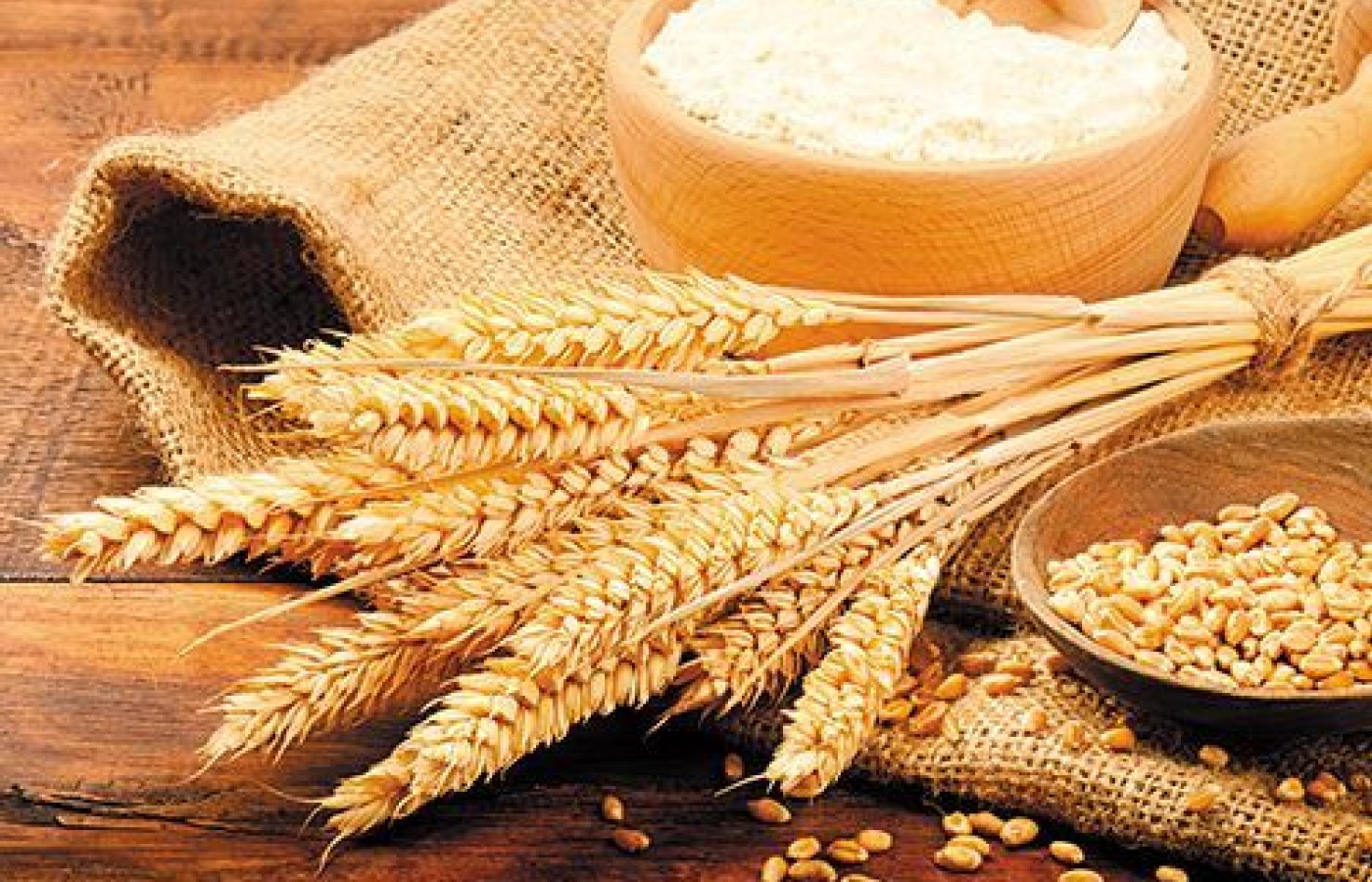Whether you accept it, avoid it or live somewhere in between, insurance coverage has become a defining issue for our profession. Patients increasingly expect to use their benefits, practitioners want to be compensated fairly for their time and expertise, and the system itself remains – at best – fragmented. The encouraging news is that coverage has expanded in meaningful ways. The challenging news is that reimbursement, across the board, remains inadequate.
Grains: Friend or Foe?
Oh, the times we live in. How is it that something as seemingly innocuous as eating grains has become such a polarizing topic? From the low-carb revolution to the Paleo Hacks; from the Atkins Diet to the gluten-free frenzy – grains have been pilloried as food item non grata. How is it that this staff of life has become so slandered and avoided by so many with such fervor?
While all of the above-mentioned lifestyle and diet choices have their reasons for grain avoidance, they can be mostly summed up by one or more of the following:
- Concerns with too rich a source of carbohydrates, straining an already challenged pancreas and lending to further cellular inflammation
- Nutrition, which is not in alignment with our ancestors' diets, something that adherents to the Paleo-style of eating believe we are not designed to handle very well; again leading to strain on the pancreas and cellular inflammation and all its associated presentations (overweight and obesity, numerous degenerative diseases, from type 2 diabetes to cardiovascular weaknesses to autoimmune patterns)
- Concerns with specific components in the grains themselves, from gluten to various "anti-nutrients," such as phytic acid and lectins
Looking more closely into each of the above dietary and lifestyle choices reveals sound reasons for their use. Consider the modern dietary supply of processed foods, full of GMO ingredients, stripped of their inherent fats, minerals and vitamins, then fortified with laboratory-derived vitamins, preserved with various chemicals and hydrogenated oils, and shrink-wrapped or canned and left on the shelves of grocery stores. It's a recipe for disaster for human vitality — and yet, it is the bread and butter of most people's daily existence.

Additionally, the amount of refined carbohydrates of this type being consumed today is unprecedented in human history — we are simply not designed to eat this kind of food, in the quantities people are eating it.
Might it be that it isn't grains in their totality that are the issue, but rather their preparation and their balanced place in a diet full of other nutritious foods — healthy fats, fresh produce, pastured meats, eggs and dairy, naturally-fermented foods and clean water?
Grains: The Catch-22
Grains are foods upon which entire societies have been built, maintained ... and destroyed. The storability of grains allows them to be socked away, sustaining lives when all other rations have been exhausted. By design, they are hard and durable. But when we think of the human design, where we have large and advanced brains sitting atop rather rudimentary digestive tracts, it isn't too much to think that we might have difficulty eating such durable foods.
We are not equipped with the multiple stomachs of the cow, with various pH gradients and varieties of bacteria; nor do we have large, rotund bellies like the gorilla, teeming with digestive enzymes. We do have many beneficial bacteria (it is estimated that the bacteria in our bodies actually outnumber our body's cells by 10:1) and we are equipped with various digestive enzymes, beginning in the saliva and carrying on throughout the GI tract. But as is well-known, our enzyme capacity declines with age, unfortunately.
How is it that grains have been noted for their role in human nutrition over the millennia, when there seems to be this conundrum of how we can extract the nutrition from them? What is different today than what came before? Might it be that we are missing some simple, necessary steps that lend themselves to using the nutrition stored in the grain, while reducing or eliminating some of the challenges these foods offer?
A Solution: It's All in the Preparation
If we look at traditional societies around the world, or if we look back on anthropological research of foods consumed by our ancestors, we see that the simple act of soaking the grains engenders a much more easily digested food. Soaking grains allows water and time to predigest the grain, dissolving lectins (carbohydrate-binding proteins that have been linked to immune reactions, digestive disturbances and obesity ) and phytic acid (a component found in the bran of grains that binds to the minerals, causing them to pass largely undigested through the GI tract.)
Additionally, many of the traditional preparations of grains allow a degree of fermentation. With fresh, non-irradiated grains, there is a natural composition of beneficial bacteria on the grains, as well as wild yeasts on the air, that will flourish under the conditions of warm water, carbohydrates and time, giving way to fermentation. However, using a small amount of a cultured food — such as a sourdough starter — will allow for guided fermentation of the grain.
When this method is undertaken, another benefit is achieved — the beneficial bacteria and yeasts consume the carbohydrates in the grain, further enhancing the notion of predigestion. This actually reduces the carbohydrate load of the grain, turning complex carbohydrates into simpler sugars. And in the wake of the transformation, beneficial bacteria are further propagated, creating a probiotic- and enzyme-rich food (though both of these qualities are lost when the grain is cooked), a food that is easier to digest.
What About Gluten?
But what happens to gluten? How do soaking and fermenting of gluten-bearing grains affect the gluten content? For those who are truly allergic to gluten (those who have been diagnosed with celiac disease) it is probably best to simply steer clear of any gluten-containing grains. Only the most tightly controlled, long-standing fermentation cycles have been shown to make inroads to breaking down gluten.
But for even the use of non-gluten grains, using soaking and fermentation is still a very good idea, for the reasons listed above. For those who are simply avoiding gluten for other health concerns, one might find using fresh grains that have been soaked in warm, non-chlorinated water, and that has been primed with a starter culture such as a sourdough starter, water kefir or kombucha (beverages that are rich in beneficial bacteria and yeasts) or even raw apple-cider vinegar, can be a much more easily digested food.
We can be sure that most commercially prepared grains and breads do not use these methods — the busyness of our modern lives is riding on the ease of inexpensive foods made in huge quantities, and as quickly as possible. To ensure quality preparation of foods, it really is best to make your own. And warm-water soaking with some fermentation, over a 12- to 24-hour period, is a simple first step to enjoying grains in the context of a balanced diet.



